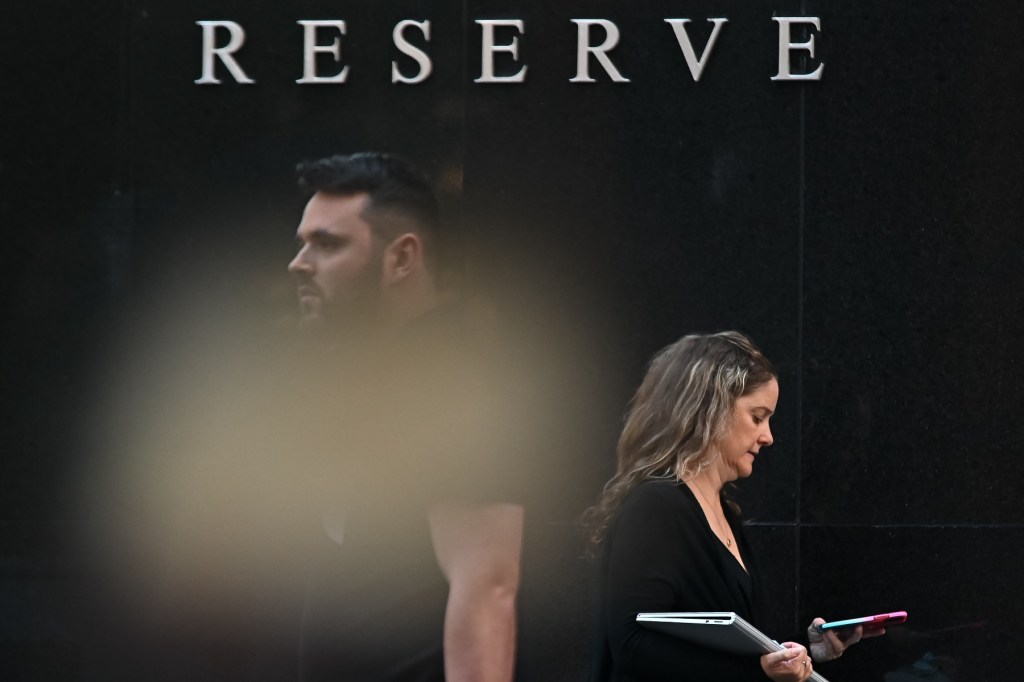Australian live music venues are going out of business. Is a levy on bigger shows the answer?

- by Admin
- September 11, 2024
In 2010, thousands shut down Melbourne’s main drag Swanston Street for the Save Live Australian Music (SLAM) rally.
Armed with posters of guitar leads coiled into the shape of nooses, they protested — successfully, as it turned out — expensive new regulations that would have made operating live music venues unviable.
But now the same expenses they sought to prevent have arrived anyway, and it has created the biggest crisis to face Australia’s live scene in a generation.
In the years since COVID-19 began, 1,300 venues — a figure that made up 25 per cent of all live music venues nationwide at the time — have closed.
The number includes 551 closures in New South Wales, 256 in Victoria and 195 in Queensland.
David Barrett has been in the live venue business for more than a decade, but he said the past eight months have been the hardest.
“We’re still doing our job and filling the venues full of people,” Mr Barrett said.
“But we’re kind of not really seeing people spend anywhere near as much over the bar.”
Mr Barrett has owned Laundry Bar on Fitzroy’s Johnston Street for 13 years and brought next-door venue Bad Decisions under his umbrella in 2018.
While the industry used to bring in good business, the pandemic had a massive impact, shuttering venues around the country.
A cost of living crisis is also now taking a toll with venue owners saying they are experiencing higher insurance and supply costs as well as less revenue as consumers cut back on discretionary spending.
The double whammy of COVID and inflation on Australia’s live music scene
APRA AMCOS’s annual report last year found concert income was up 400 per cent, in part due to high demand for live music.
In July 2023, more than 4 million Australians tried to buy pre-sale tickets to Taylor Swift’s Australian shows in Sydney and Melbourne, and more than 500,000 attended them in February 2024.
The demand for tickets to see Taylor Swift in Australia was massive. (Christine Olsson/TT News Agency/via Reuters)
While interest in big acts is high, fewer royalties are coming from small and mid-sized venues.
Mr Barrett said he’s sometimes spending $10,000 a night to stay open, but his sales are falling well short of that number.
The Commonwealth Bank’s Cost of Living Insights report shows that on average, people younger than 60 were spending less at the start of this year compared to early 2023.
As a result of the decline in sales, Mr Barrett is putting in 60-hour weeks, working as a bartender and in other roles during opening hours because he can’t afford to hire more staff.
“Our insurance costs are just incredibly high, even liquor licensing fees in 13 years [have increased] probably tenfold,” he said.
“And we’re kind of seeing all of these costs add up. But we’re charging similar amounts for drinks.
“Last night, we ran a show that financially wasn’t worth running.”
The experience of people like Mr Barret has prompted a federal inquiry into Australia’s live scene.
Howard Adams, a corporate lawyer and chair of the Australian Live Music Business Council, is one of many who recently appeared at the probe and says he hears and sees the problems businesses are facing on a near-daily basis.
Live music venues have traditionally relied on revenue from alcohol sales, as well as ticket prices, to remain in the black. (ABC News: Patrick Rocca)
That inquiry has also heard that Australian musicians are having a harder time being discovered, and that major global artists and sports events should be required to include local artists as a way of increasing exposure.
Could a $1 levy help?
In the UK, the music venue trust has proposed applying a 1 pound levy to venues above 5,500 capacity, excluding festivals, to support grassroots live music.
The proposal involves fans purchasing tickets as usual, with an extra 1 pound included in the price, which is then donated to a trust managed by a live music industry umbrella body.
Industry representatives and others backed the idea in a proposal offered to British MPs, with a proposal for a voluntary levy currently before the UK parliament.
It’s recommended that if there is no agreement on a voluntary levy, the UK government should introduce a statutory one.
Mr Adams believes the idea could have some merit in Australia too, with a $1 levy imposed on each ticket sold for major events in large arenas.
“That dollar is spread evenly between the consumer, the artist, the venue, and the promoter,” he explained.
“And those funds drop into a charitable trust from which grassroots music venues can make fast turnaround grant applications for small projects up to $15,000, and that can be for anything that goes on in their venue.”
Mr Adams says the “charitable trust” would allow smaller, independent venues to seek support for a range of projects.
“It could be to cover wages over a holiday weekend when you wanted to put on some sort of all-weekend festival or something like that, and you had to pay penalty rates or staff costs were too high, and you just needed some extra money just to bridge the gap.”
In France, a statutory 3.5 per cent levy applies to the gross value of all concert tickets, the takings from which go into a live music trust fund.
Live music venues are important for new artists
Tori Forsyth has been a professional musician for 11 years and is one of the artists who owes her career to small venues.
She credits It’s Still a Secret in Brisbane’s inner south with helping her find her voice and her crowd.
Tori Forsyth is one of many that owes her current career to small live music venues. (ABC News: Patrick Rocca)
“It’s the first venue I remember filling, and that was over five years ago,” she said.
“You look at the walls, and you can see artistry throughout every fibre of its existence.
“That’s the kind of venue I’m drawn to when I’m booking a tour because you can tell the people who own it are creative, and they’re on that wavelength.”
For the past two months, It’s Still a Secret has been crowdfunding to try and stay open.
Forsyth says losing venues like it would create a hole that artists couldn’t fill with social media.
“Live music is where you’re adding that dimension to music. It’s where you’re gathering people together,” she said.
“You’re creating the community, you are able to connect with people.”
It’s Still a Secret is trying to avoid the same fate as nearby legendary Brisbane venue the Zoo, which closed in July after 32 years despite recording its highest ticket sales in history in 2023.
Laundry Bar has been putting on themed nights to try and build up new followings, such as from people from multicultural and queer communities. (ABC News: Patrick Rocca)
Aside from artist development, Mr Barrett said venues like his can be a place for community bonding.
“Where we are seeing a lot of really strong numbers through the doors in ethnic communities, queer communities,” he said.
“We do deal with a lot of hip hop, and a lot of those kids in particular, and just wider range of age as well.
“They come out of communities that aren’t necessarily all as fortunate and we give them a place to… build themselves up and not necessarily be involved in other kinds of activities.”
Melbourne is celebrated the world over for its live music scene, with many venues giving artists just starting out a place to hone their craft. (Patrick Rocca/ABC )
Mr Adams said the live venue industry was constantly adapting to remain relevant.
“I’ve heard of major venues running music academy training schools during the afternoons so people can learn how to do lighting and mixing and all the other elements that you might need to learn to be part of the live music industry,” he said.
“That’s a great resource because the few genuine music universities are very expensive.
“What would be a great shame, would be that the crucial infrastructure disappears whilst the industry comes to grips with the change.”
The Latest News
-
December 24, 2024North Lamar Australian Basketball
-
December 24, 2024We asked Golf Digest writers the story they were proudest of in 2024, and why – Australian Golf Digest
-
December 24, 2024Blueprint for success: how Australian architects made the world take notice in 2024
-
December 24, 2024‘Novak Djokovic will only care about the Australian Open and Wimbledon’
-
December 24, 2024PNG-Australia NRL Deal: K1.7 billion economic boost and 10,300 jobs expected




